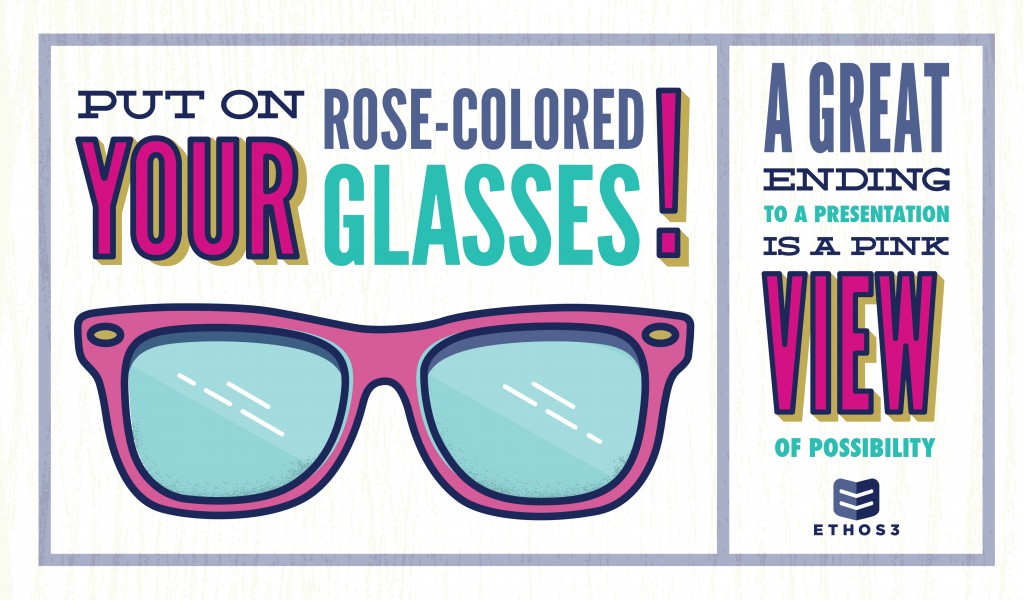They very best presentations tell a story. It’s science. It’s human nature. It’s also a huge part of our philosophy and the reason we’ve had so many client successes in the past. If you’ve found your way to this article, chances are that you already use storytelling tactics to enhance the narrative of your existing presentations.
Creating a “happily ever after” is one of the most effective ways to lead into a call to action. What do we mean by that? A well-crafted ending where the villain is defeated and the hero succeeds should be a key emotional moment for your audience. It shows them what the future could be like, rather than just telling them “don’t worry, it was good.”
An idyllic ending tempts your audience into following your call to action. Here’s how it works.
Audience investment from the start
Keep in mind that a hero and villain doesn’t have to necessarily be a person. It can also be a concept, like global warming vs. environmentalism. And it doesn’t have to be huge or world changing, it can be as simple as a problem that people face every day, like opening jars or finding the right document on their computer.
As long as your audience can relate to your hero in some way, personal investment will follow. They need to have someone that they can believe in. The same goes for your villain, who should be terrifying enough to make your audience want to see it defeated.
The balance of these two things needs to be there in order for the ending to succeed. Which brings us to our next point…
A gorgeous ending
Create a resolution for your conflict between the villain (AKA problem) and the hero (AKA solution) that demonstrates exactly who benefits from this resolution. Is the world saved? Will they be able to open jars in 5 seconds now? Can documents appear from your computer the minute you start thinking about them?

A great ending is a visual, descriptive view of possibility. It’s a way to let your audience peek into the future and see something great that they can relate to. Your audience should say “wouldn’t that be great if it happened?” “that’s awesome” or “I’d love to see something like that happen.” It’s a portrait of the future that is created when you, the author, put on a pair of rose-colored glasses. The more appealing the ending is, the more your audience will be asking the most important question of all…
“How can I help make this happen?”
This is the point of your entire presentation. If your happy ending is appealing and within the reach of your audience, your call to action will tell them how they can help make this ending a reality for the hero or the world at large.
A great conclusion gives the audience hope. It doesn’t use general language to say things like “it would be really good if this-and-that happened,” it uses specific language to make the audience feel like they can become a part of something larger. A great example of this in our own work is when we created a presentation for a company that aims to eliminate our carbon problem in the Earth’s atmosphere. We ended the presentation with a vision of a carbon-free future, with life thriving across the planet. Who wouldn’t want to sign on the dotted line with a beautiful scene like that?
Make the conclusion of your presentation a happy one. But even more than that, give your audience a clear roadmap of exactly how they can get to that Oz at the end of the yellow brick road.
Want to learn more about storytelling? Brush up on your narrative-building tactics with some of our other related articles, found here:
Storytelling Tactics For Presentations: Creating the Right Villain
